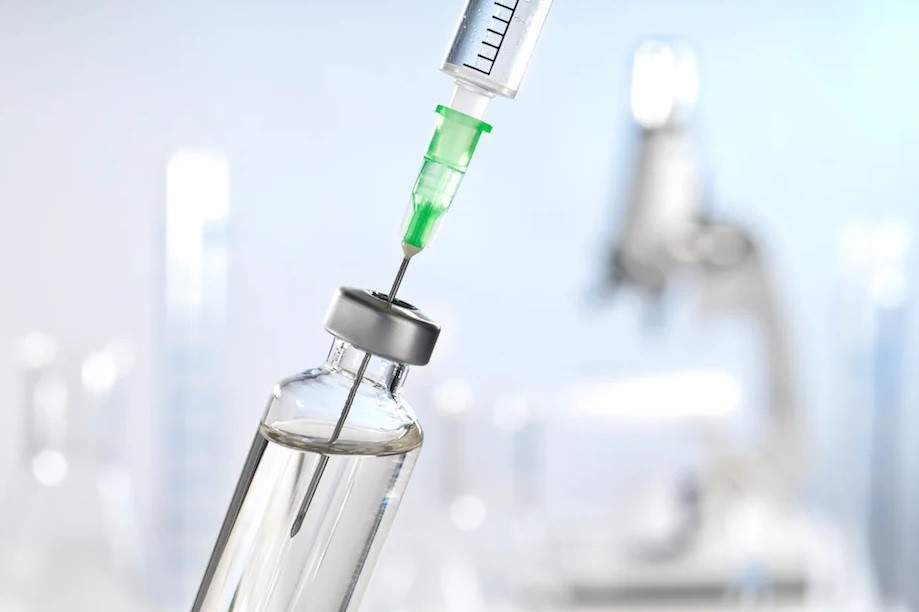

Aluminium, an abundant metal with myriad applications, often finds itself at the centre of discussions, especially in medicinal contexts. This article aims to unravel misconceptions surrounding aluminium, particularly its use in vaccines, shedding light on its safety and purpose.

Aluminium, recognised as a neurotoxin, demands scrutiny based on exposure. However, it's crucial to differentiate between forms of exposure. Through an Instagram post, it was claimed that per the FDA guidelines, the maximum amount of aluminium anyone can safely handle is four micrograms per kilo.
When asked, 'What are your reasons for not vaccinating?' One woman reverted, saying: "My kids don't weigh enough yet! Per FDA guidelines, the max amount of aluminium anyone can safely handle is 4 micrograms per kilo. Most shots are 225 mcg tonne 850 mcg. So, my kids would need to weigh a minimum of around 123 pounds to be safely vaccinated per FDA guidelines. And need to wait to hit 467 pounds to safely receive the pediatric vaccine. I don't make the rules, just follow them!" - The Instagram post read.
The recent social media post, citing FDA guidelines, misconstrues the safe limits of aluminium, specifically in vaccines. Contrary to the post's claim, federal regulations stipulate a maximum of 1.25 milligrams of aluminium per vaccine dose. The choice of aluminium salts in vaccines serves the purpose of enhancing immune responses, backed by extensive research supporting their safety.
Expert perspectives on the safe quantity of aluminium
Dr. Taison Bell emphasises the disparity between guidelines for parenteral nutrition and vaccine safety. The body's varied reactions to orally consumed versus intravenously delivered aluminium showcase the need for context-specific considerations.
Dr. Paul Offit echoes this sentiment, highlighting the negligible absorption of dietary aluminium compared to intravenous administration. This highlights the necessity to understand the distinct purposes, methods of administration, and absorption rates in different contexts.
Aluminium in intravenous solutions
While the American Academy of Pediatrics notes potential risks associated with aluminium in intravenous solutions like parenteral nutrition, it's crucial to recognise the differences in absorption mechanisms. These concerns, however, do not directly correlate with the safety of aluminium in vaccines.
In the realm of medicinal use, aluminium's safety hinges on context. Federal regulations and expert opinions underscore the controlled and purposeful incorporation of aluminium in vaccines; dispelling fears propagated through social media misinformation. If the world of aluminium intrigues you, please have a look at AL Circle's specially curated report, Global Aluminium Industry Outlook 2024.
Responses








